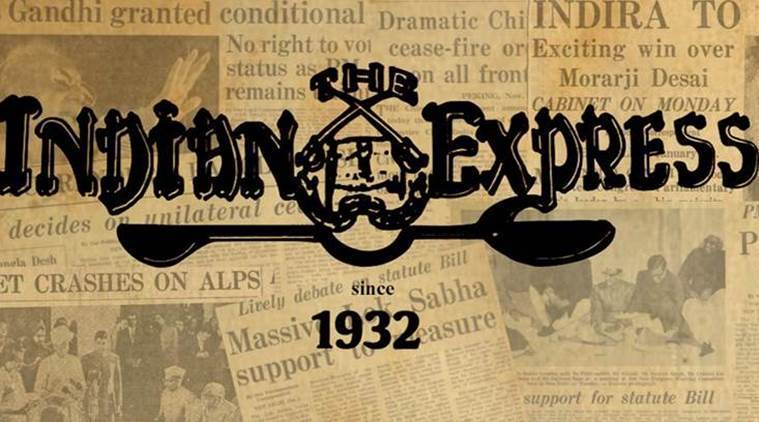Avoidable pain
It’s official: Demonetisation did not deal body blow to black money; hurt farmers, daily wagers, informal enterprises.

The comparison of growth rates during different political regimes was never a consideration for the committee.
The Narendra Modi government’s tenure so far has seen five major economic interventions: Goods and Services Tax (GST), Insolvency and Bankruptcy Code, Monetary Policy Framework Agreement committing the Reserve Bank of India (RBI) to inflation targeting, decontrol of petrol and diesel prices along with limiting LPG subsidy to the really needy, and, of course, demonetisation. Of these five “reforms”, the report card on the last one is now unambiguous. Demonetisation hasn’t achieved its publicly-stated objectives. According to the RBI’s latest annual report, out of the Rs 15.42-lakh crore worth of outstanding Rs 500 and Rs 1,000 denomination currency notes that were invalidated overnight on November 8, 2016, as much as Rs 15.31 lakh crore has come back to the banking system. The expectation that those who had hoarded their ill-gotten wealth in cash would fear depositing or exchanging these at banks — thereby bringing a “windfall” of Rs 4-5 lakh crore to the Centre, through a reduction in the RBI’s liabilities by that amount — has simply not materialised. Far from dealing a body blow to black money, demonetisation inflicted avoidable pain on farmers, daily wage labourers and informal enterprises used to transacting in cash.
Nor has demonetisation managed to significantly bring down the circulation of high-denomination notes, seen as conducive to the generation of unaccounted income. The RBI report shows that the now-scrapped Rs 500 and Rs 1,000 notes accounted for 86.38 per cent of the Rs 16.42-lakh crore total value of banknotes in circulation as at end-March 2016. Two years later, the outstanding value of the currency in circulation stood at Rs 18.04-lakh crore, in which the share of the new Rs 500 and Rs 2,000 notes was 80.17 per cent. If cash transactions are still happening mostly in high-denomination notes, it either points to unabated black money generation or, more likely, the sheer utility of these in an economy where digital payments’ penetration is low.
It is plausible that demonetisation has created an environment where doing business in cash is less acceptable. But that goal has been accomplished better through GST, which incentivises firms to pay tax on their output. Without that, they cannot claim credit for taxes paid on inputs. In hindsight, GST, insolvency, inflation targeting and fuel price deregulation were well-through-out reforms. Mistakes were made in GST implementation, but these have been rectified and that process is still on. The same goes for bankruptcy resolution. Demonetisation, unfortunately, was a decision of questionable economic rationale. And poor planning led to the most unintended consequences.
The writer is professor, NIPFP, New Delhi. Views are personal






































No hay comentarios:
Publicar un comentario